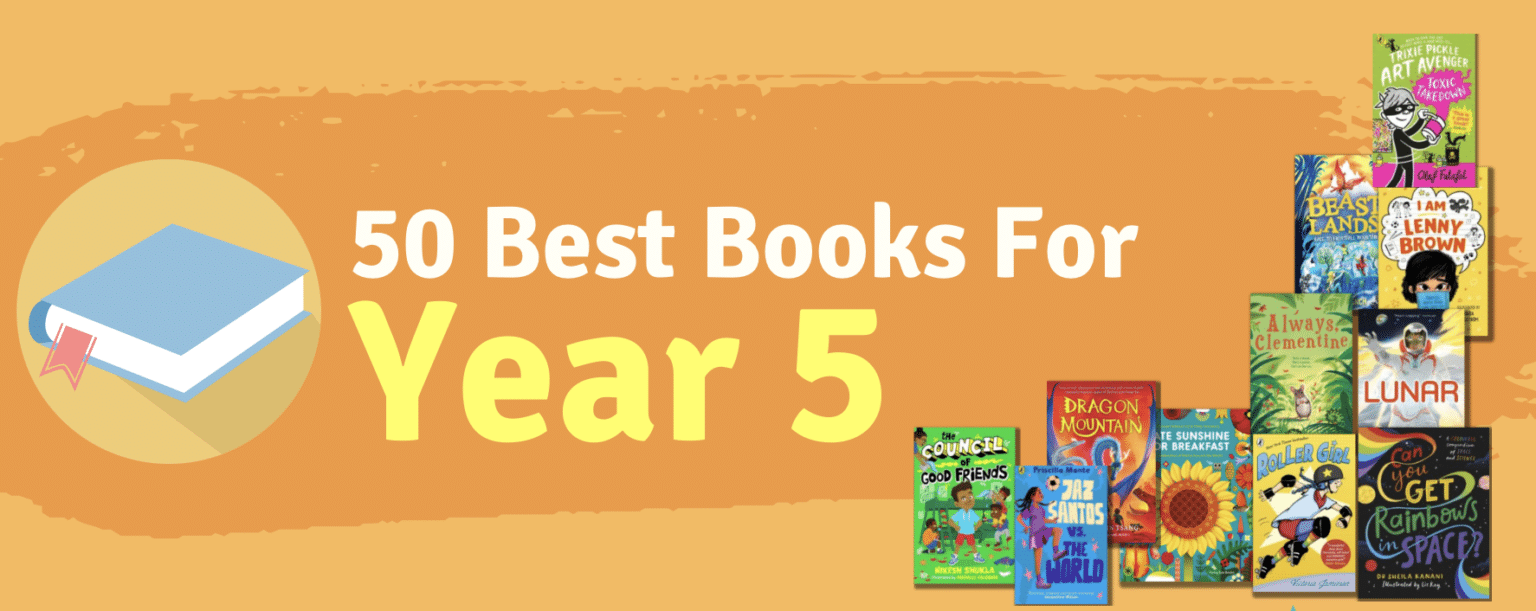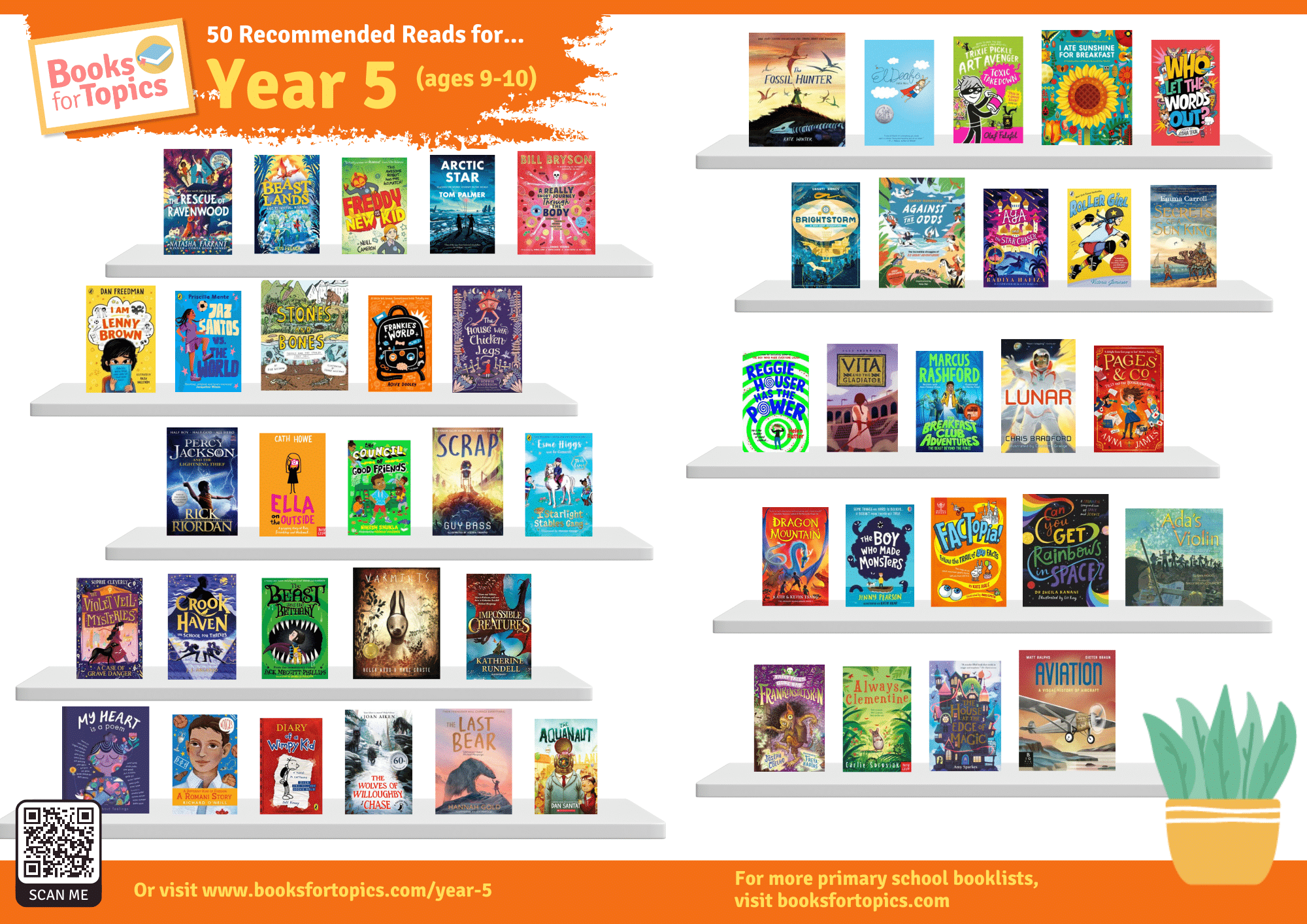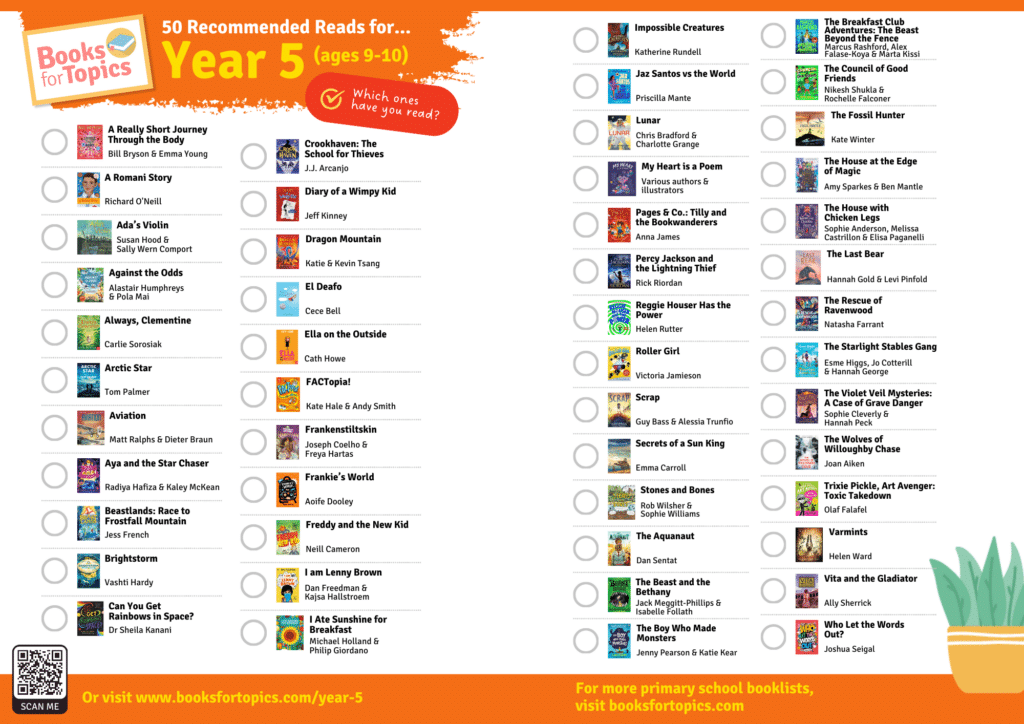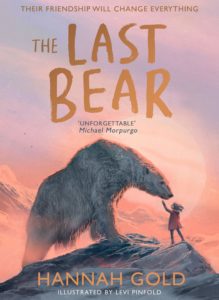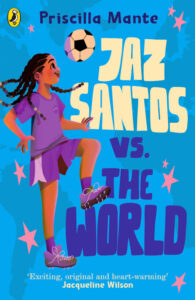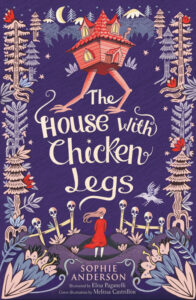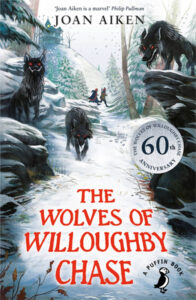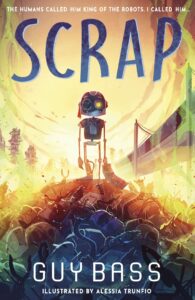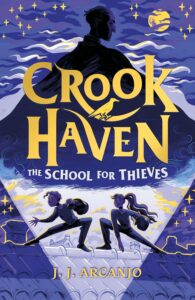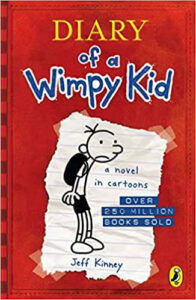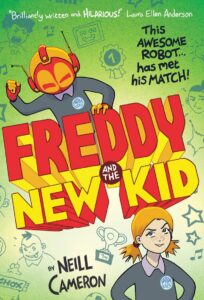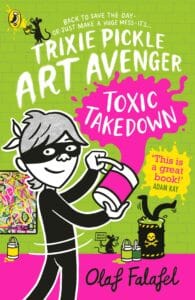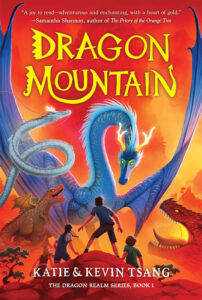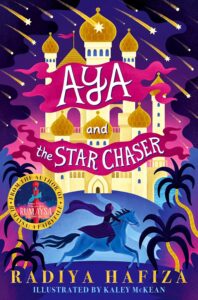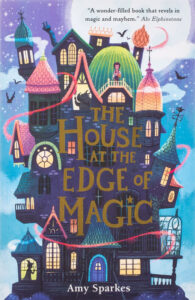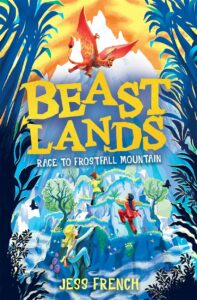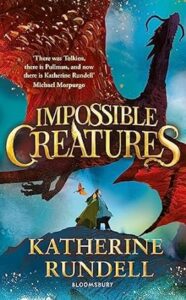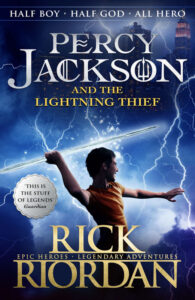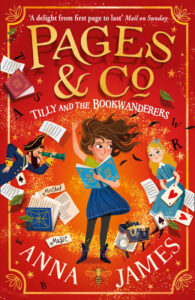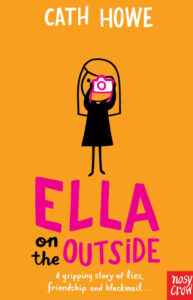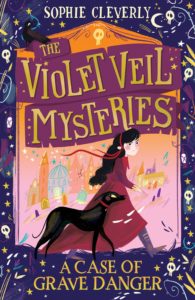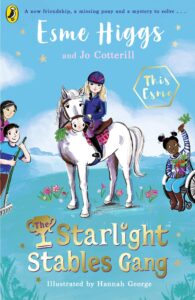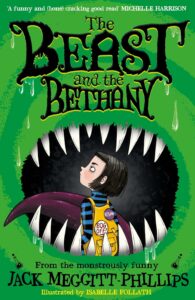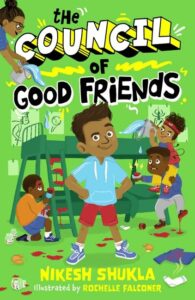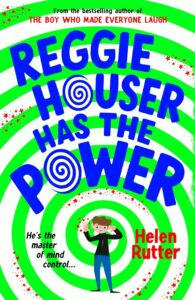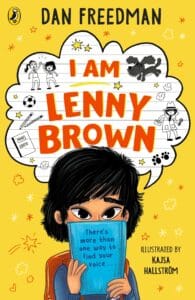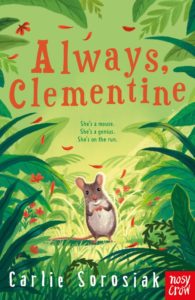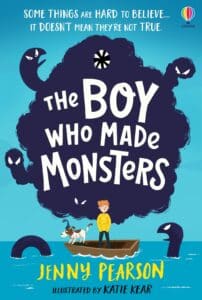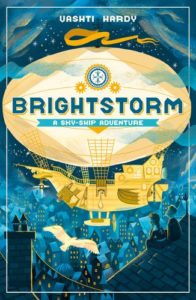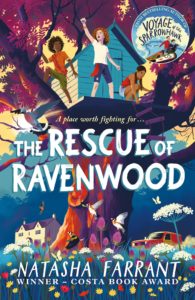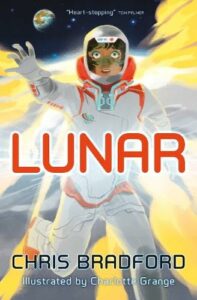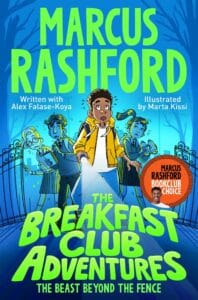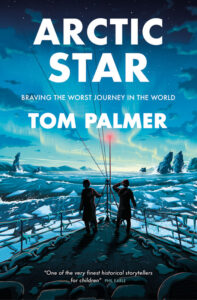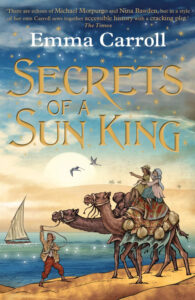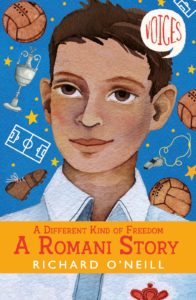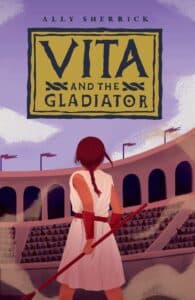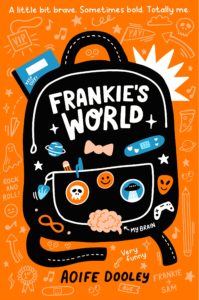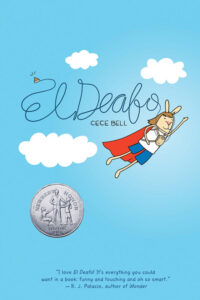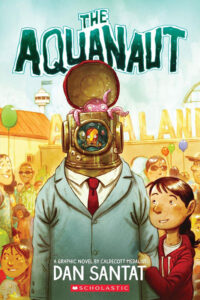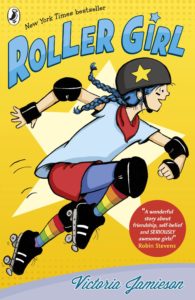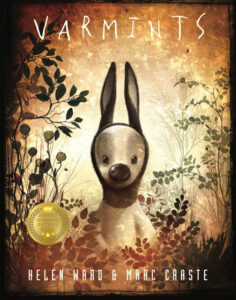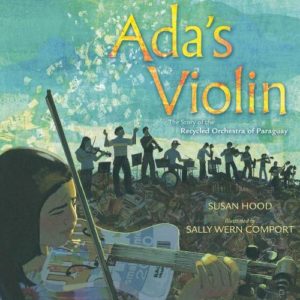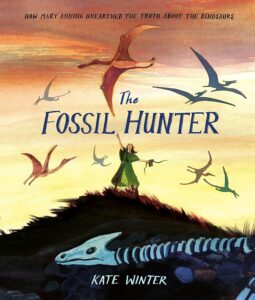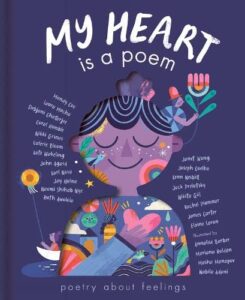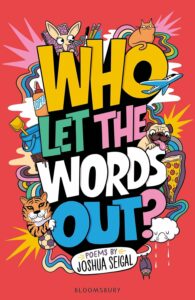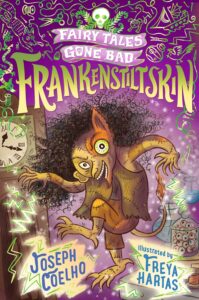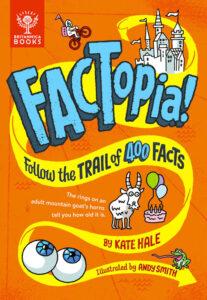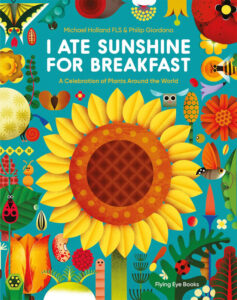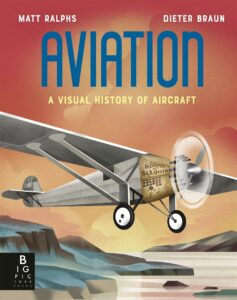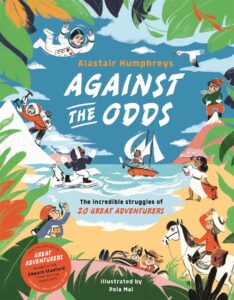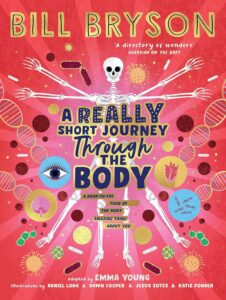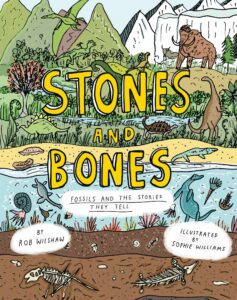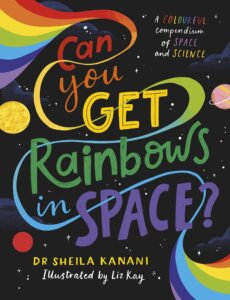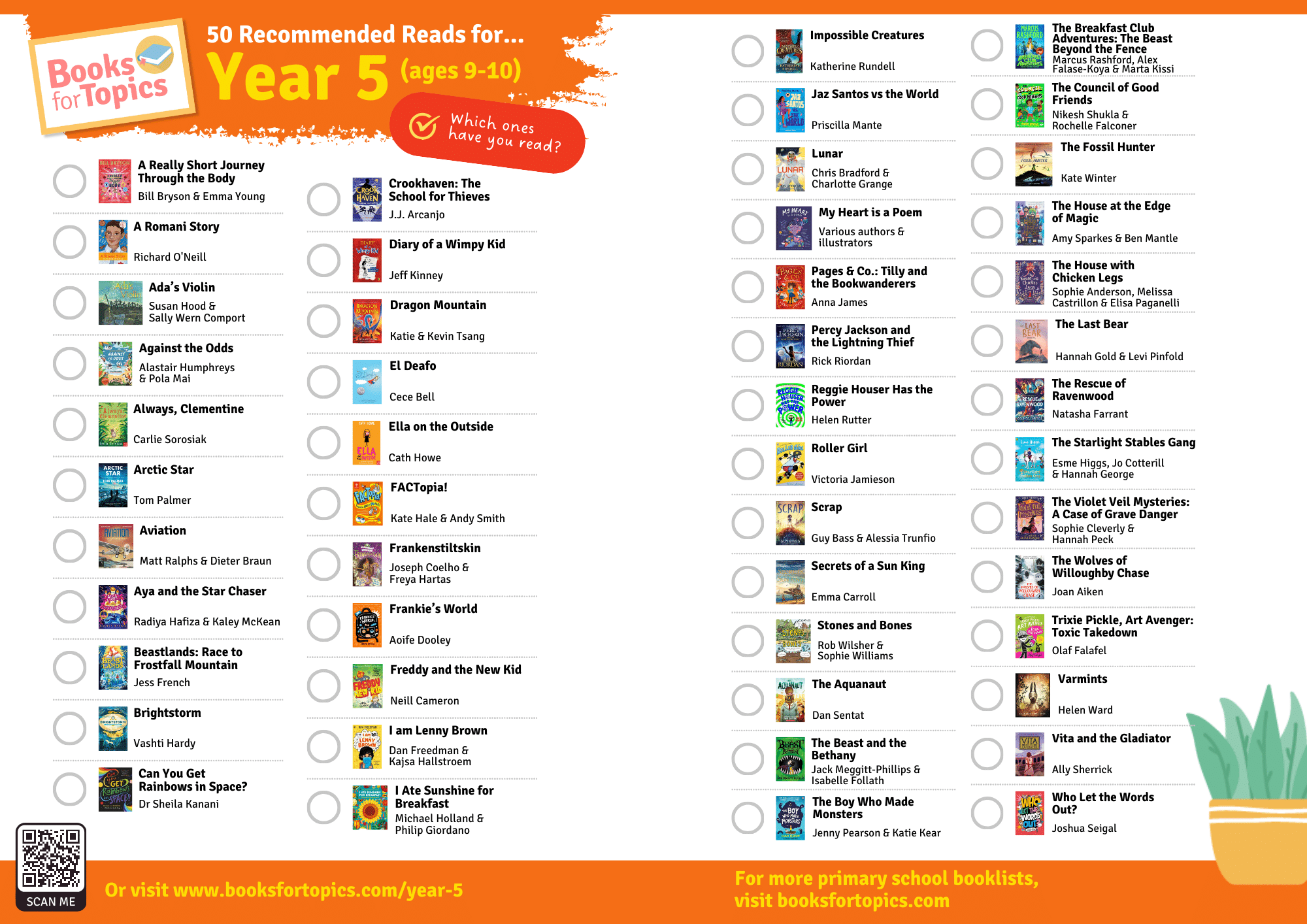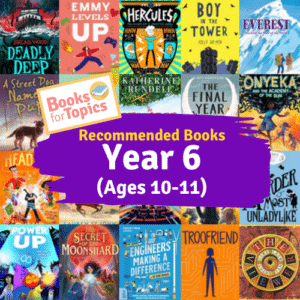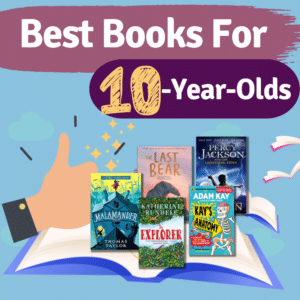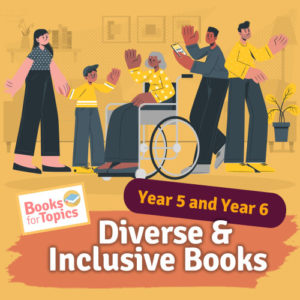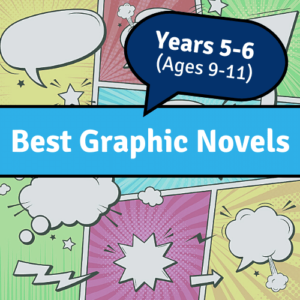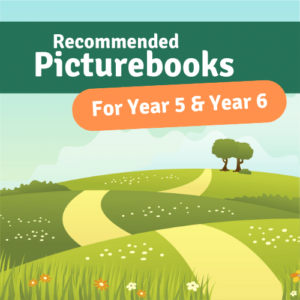Should Year 5 children read for pleasure?
Reading for pleasure is a very important part of children’s academic and personal development in Year 5. Research on children’s reading for pleasure shows that children who choose to read for enjoyment are more likely to achieve higher academic outcomes, have improved mental health and gain economic success later in life. What’s more, when children choose to open a book to read, they discover new worlds beyond their own experiences, learn about different people and develop critical thinking and crucial empathy skills, as well as gain advanced language and vocabulary skills.
Whether it’s illustrated favourites Trixie Pickle or Freddy and the New Kid, or gripping adventure stories like The Rescue of Ravenwood and Brightstorm, reading for pleasure in Y5 generates oodles of benefits for children. Getting this age group into reading is most successfully achieved when a wide range of appealing and age-appropriate books are available.
What books do 9 and 10 year olds like to read?
Getting the right book into the right child’s hands at the right time is key to sparking a love of reading. At the ages of 9 and 10, most children can usually read longer chapter books and handle stories with increasing complexity of themes, although illustrated formats remain very popular reading choices through Y5.
Popular with keener readers in this age group are thought-provoking books about relevant social issues, like The Last Bear with themes of environmental sustainability or Frankie’s World – a story about neurodiversity and parental separation.
Also popular hits with 9 and 10 year olds are books with highly illustrated elements. Diary of a Wimpy Kid is a well-known favourite, and for more stories with a high image-to-text ratio, we recommend Year 5 children try mayhem-filled The Council of Good Friends, Dan Freedman’s I Am Lenny Brown or Neill Cameron’s comic-inspired Freddy series.
Children in Year 5 are often seen reaching for fantasy stories like Dragon Mountain and Percy Jackson. You’ll also see flying off the Y5 bookshelves laugh-out-loud funny books – the dark humour in The Beast and the Bethany is sure to hook some of your Y5 readers, or try Helen Rutter’s Reggie Houser Has the Power for a more uplifting style of comedy. Also popular with Year 5 are graphic novels, poetry anthologies and non-fiction books on topics of interest, like space or sport.
As well as having a wide range of styles and formats to choose from for independent reading, an essential ingredient in developing a lifelong love of books at this age is when adults protect shared reading experiences and continue to read aloud at storytime well beyond the age that children can read for themselves. We recommend that teachers and parents keep shared storytime alive all through Year 5 and beyond. Some books are extremely well suited for being read aloud – try Brightstorm or The House with Chicken Legs for books with a real storytelling quality.
Which books are recommended for Year 5?
The books on our Y5 booklist feature 50 recommended reads for pleasure in Year 5. Some of the books in the collection are picked especially for readers who appreciate a high image-to-text ratio, like the hugely popular Diary of a Wimpy Kid series or the information-packed Factopia, which features bitesize chunks of fun and interesting facts among illustrations and photographs. Graphic novels are also popular with many children in Year 5, and we recommend trying El Deafo or Roller Girl.
Many children at this age start to enjoy stories that encourage thinking and discussion around social issues. Hannah Gold’s The Last Bear is a beautiful story that highlights the plight of polar bears affected by global warming, and Always Clementine is a gripping and deep read that explores the ethics of using animals in scientific research.
Historical fiction also becomes popular around this age, with children able to draw on their increasing knowledge of history from their curriculum learning in Key Stage 2. We recommend Ally Sherrick’s Roman-inspired gladiator adventure in Vita & the Gladiator, or Emma Carroll’s Secrets of a Sun King, which is set at the time of Howard Carter’s discovery of the tomb of Tutankhamun. Another highly recommendable reading book for Year 5 is A Different Kind of Freedom: A Romani Story, which is a football-themed story set in a Romani community of 19th-century Sheffield.
Many children at this age enjoy fantasy stories to spark their imaginations. Fantasy adventures like Pages & Co and The Breakfast Club Adventures are popular choices, as are stories based on different cultural mythologies like Aya and the Star Chaser, which is inspired by South Asian folklore. Some stories in the collection explore the themes of technology and innovation, like Vashti Hardy’s wonderful skyship adventure Brightstorm or while others accentuate the benefits of sport, like the celebration of girls’ football in Jaz Santos vs the World.
If you are looking for classic stories suitable for 9-10 year olds, try The Wolves of Willoughby Chase. Popular poetry books to browse for pleasure are included in our Year 5 selection too, like Joshua Seigal’s laugh-out-loud anthology Who Let the Words Out? or the emotion-based anthology My Heart is a Poem, which includes the work of some of the very best contemporary children’s poets.
Longer reads are not for everyone, and we’ve included several shorter texts in the selection too. For children looking for shorter chapter books, try Tom Palmer’s Arctic Star or Chris Bradford’s exciting space thriller Lunar, both of which are specially formatted to be accessible to dyslexic readers. For recommended picture books suitable for Year 5, we recommend Helen Ward’s Varmints or Ada’s Violin, which beautifully tells the fascinating true story of the Recycled Orchestra of Paraguay.
What are the best non-fiction books for Year 5?
When choosing information books for Year 5, look for highly illustrated information books well structured into chunks of text, on topics that will pique the interest of young readers.
We’ve included a super selection of non-fiction to appeal to children in Year 5 on our recommended reading list, from the intriguing exploration of the world of plants in I Ate Sunshine for Breakfast and the brightly-coloured science compendium Can You Get Rainbows in Space? to the incredible visual history of aircraft in Aviation which brings science and history together to explore the development of flight.
If you are looking for books themed around a particular topic, head over to our KS2 topic booklists.
Where can I purchase the books on the BooksForTopics Year 5 booklist?
What other booklists for children in Y5 are available?
Looking for more of the best booklists for 9 and 10-year-olds? BooksForTopics has got you covered. We have compiled a comprehensive selection of books catered to popular Year 5 curriculum topics, including Ancient Greece topic texts, recommended children’s books about the Victorians, science books about Plants and Trees, and books for a KS2 space topic. For children with a special interest, we have tailored lists such as stories about gaming and football books for children. Browse our KS2 topic booklists to explore our extensive collection.
To support a widening of reading for pleasure choices in Y5, we offer guidance on alternative formats such as a primary school graphic novels booklist, picturebooks for older readers or poetry choices for upper KS2. Our selection of books for reluctant readers aged 9-11, a booklist for dyslexic readers and a Top-Notch non-fiction booklist provide more options to appeal to different types of readers in Year 5.
For diverse and inclusive children’s books showcasing a range of characters, cultures, and experiences, explore our Diverse and Inclusive Books for Upper KS2 collection.
Are your Y5 children avid fans of a particular author or series? Our Branching Out booklists offer a variety of books for fans of the most popular Y5 series, including books for fans of Diary of a Wimpy Kid, books similar to David Walliams, and more books like Harry Potter. Teachers and parents will also find help selecting storytime read-alouds for this age group on our Storytime Favourites for Ages 9-11 booklist.
To support the emotional and mental well-being of children in Year 5, check out our KS2 PSHE collection. We have booklists for Mental Health Awareness, stories about anti-bullying and children’s books about environmental sustainability.
A great place to start for reading for pleasure choices is our list of Best Books for 10-Year-Olds. Advanced Year 5 readers can look ahead with our list of Recommended Reads for Year 6.
Discover all of these resources and more by browsing the BooksForTopics website.
Can I download a printable version of the Year 5 Booklist?
All of our Year Group Recommended Reads lists come with a printable poster and checklist. Schools are very welcome to display the posters or to share the printable resources with their community.
Printable Poster – Best Year 5 Books PDF







